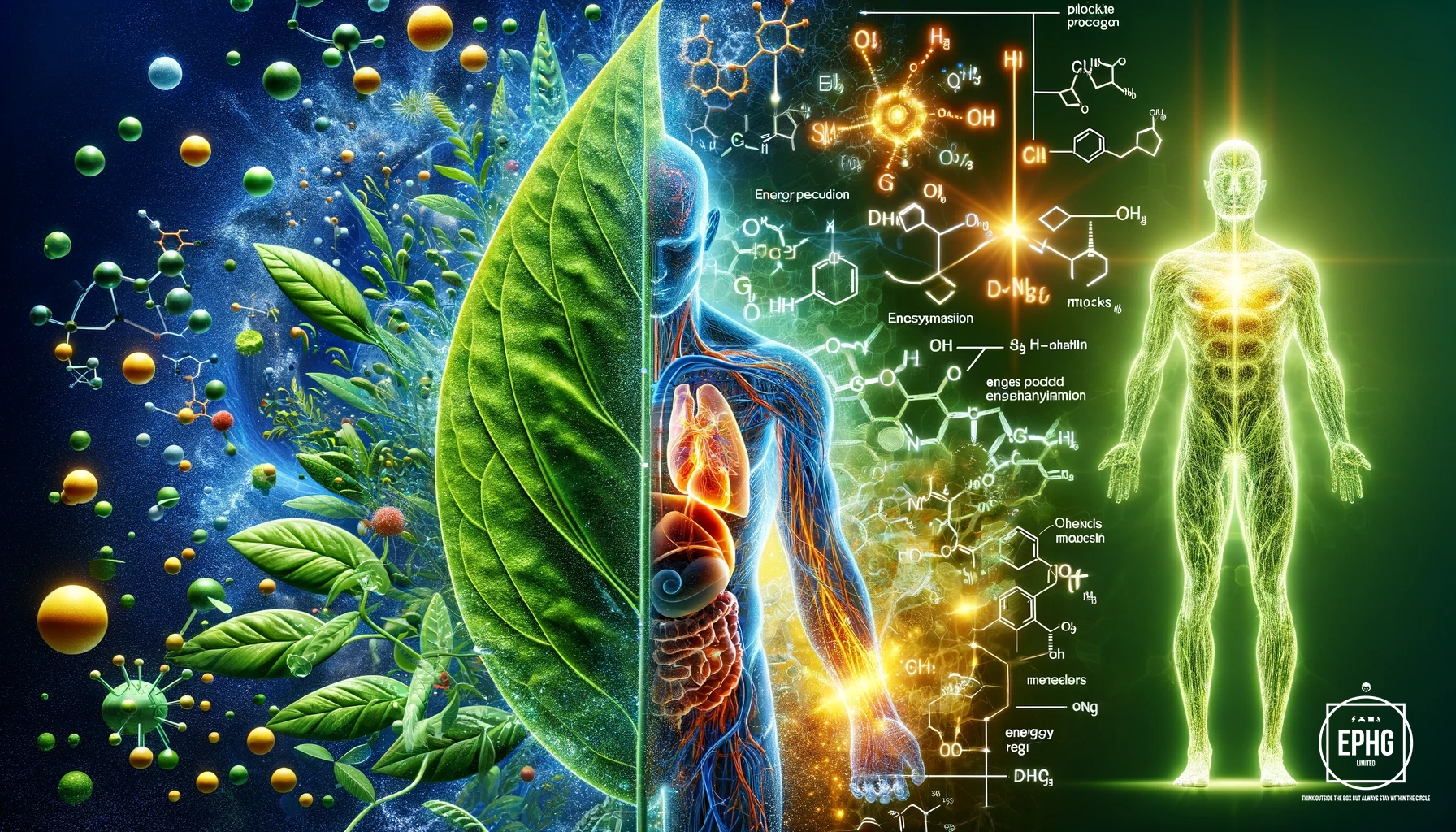Magnesium (Mg): A Pivotal Element in Science and Technology
Magnesium, symbol Mg, is the eighth most abundant element in the Earth's crust and the fourth most common element on the planet. This lightweight metal plays a crucial role in both the periodic table and our daily lives, finding extensive use in everything from medicine to manufacturing.
Discovery and History of Magnesium

The journey to discovering magnesium began in the 18th century. In 1755, Joseph Black, a Scottish physician and chemist, first differentiated what we now know as magnesium from lime (calcium carbonate). He identified a distinct substance, which he named "magnesia alba," a white magnesium oxide, distinguishing it from "magnesia nigra," a darker magnesium compound containing manganese. Black’s work laid the foundational understanding that magnesia was not a form of lime but a separate entity altogether.

However, the element's true isolation occurred decades later, a significant achievement by Sir Humphry Davy, an English chemist and inventor, in 1808. Employing the novel method of electrolysis, which he had previously used to discover several other elements, Davy extracted pure metallic magnesium from a mixture of magnesia and mercuric oxide. This extraction was groundbreaking because it proved magnesium’s status as an element. Davy's work not only isolated the metal but also introduced techniques that would be critical for the advancement of inorganic chemistry.
The early applications of magnesium were limited due to the difficulty of extracting the metal in pure form and its rapid oxidation when exposed to air. It wasn't until the 19th century that methods for producing magnesium on a larger scale were developed, leading to its use in photography, flares, and even as a construction material. The discovery of magnesium and its subsequent isolation symbolized a leap in scientific understanding, opening new avenues for research and industrial applications that continue to impact various technological fields today.
The Isolation of Pure Magnesium by Sir Humphry Davy

In the pivotal year of 1808, Sir Humphry Davy made a groundbreaking discovery by isolating pure magnesium through the process of electrolysis. This historic achievement not only showcased the potential of electrolysis in extracting metals but also marked the first time pure magnesium was extracted from its compounds. The isolation of pure magnesium allowed scientists and engineers to explore its properties and applications more thoroughly. Today, the importance of pure magnesium is recognized across various industries, from manufacturing lightweight alloys for aerospace to serving as a critical component in eco-friendly batteries.
Physical and Chemical Properties
Magnesium is renowned for its low density and high strength-to-weight ratio, which makes it indispensable in industries where lightweight materials are crucial. It ignites easily in air and burns with a bright white flame, making it ideal for use in flares and fireworks. Chemically, it is highly reactive, forming compounds with various elements easily, which explains its abundance in over 60 minerals.
Role in Science
In scientific research, magnesium is frequently used in experiments involving photochemistry, thanks to its intense and very consistent white light when burnt. This property makes it excellent for calibrating instruments designed to measure light and brightness.
Applications in Technology

The applications of magnesium in technology are vast and diverse:
- Aerospace Industry: Due to its lightweight nature, magnesium alloys are extensively used in the aerospace industry to reduce the weight of aircraft without compromising strength and performance.
- Automobile Manufacturing: Magnesium alloys help in manufacturing lighter vehicles that are more fuel-efficient and produce fewer emissions than their heavier counterparts.
- Consumer Electronics: Many portable devices such as cameras, laptops, and mobile phones use magnesium alloys in their casings to enhance durability while maintaining lightness.
- Medical Applications: Magnesium is used in medical implants and tools because it is less dense than titanium and can be absorbed by the body, reducing the need for a second surgery to remove implants.
Biological Importance of Magnesium

Magnesium is also essential in the biological sector. It is a crucial component of chlorophyll, the compound that gives plants their green color and plays a significant role in photosynthesis. In the human body, magnesium is vital for over 300 enzymatic reactions, including energy production, DNA synthesis, and muscle contraction.
Environmental Impact
While magnesium is beneficial, its extraction and processing have environmental impacts, including energy-intensive production processes. However, because magnesium is 100% recyclable, efforts are being made to improve the sustainability of its production through technological advancements and better recycling methods.
How Magnesium is Produced

Magnesium is primarily produced through two processes: the electrolytic and the thermal reduction method. In the electrolytic process, magnesium chloride is extracted from seawater or brine pools and treated to remove impurities. The purified chloride is then subjected to an electrolytic process where it is melted and electrically charged to separate the magnesium. The thermal reduction process, commonly known as the Pidgeon process, involves reducing magnesium oxide (obtained from magnesite or dolomite) with ferrosilicon alloy at high temperatures in a vacuum.
Major Magnesium Mines and Associated Minerals
Magnesium is not only sourced directly but also extracted from various minerals where it is found. Major sources include:
- The Qinghai Salt Lake in China - also a source of potassium and lithium.
- The Tadzhikistan Magnesium Complex - one of the largest global producers.
- The Great Salt Lake in the United States - also rich in bromine and sodium.
Commonly, magnesium deposits are associated with minerals such as dolomite, magnesite, and brucite. Additionally, minerals like calcium and silicon are often found in conjunction with magnesium-bearing ores.
Modern Applications of Magnesium
In today's technological landscape, magnesium is utilized in numerous ways:
- Alloy Production: Magnesium is a key component in lightweight alloys used in the automotive and aerospace industries.
- Electronic Components: Due to its excellent electrical properties, magnesium is used in mobile phones, laptops, and other electronic devices.
- Medical Applications: Magnesium alloys are crucial in the production of medical implants because they are biocompatible and stronger than plastics.
- Environmental Technology: Magnesium is used in eco-friendly applications, such as hybrid car batteries and desulfurization in steel production.
The Future of Magnesium in Science and Technology

The potential for magnesium in the future is vast and promising. Scientists are exploring its use in sustainable energy solutions, such as lightweight magnesium-based batteries that could revolutionize energy storage technologies. Research is also focused on developing magnesium alloys that are even lighter and stronger, potentially transforming transportation and construction industries. Furthermore, magnesium’s role in healthcare continues to expand, with studies investigating its therapeutic benefits for managing depression and hypertension.











